Description
Motor Point Acupuncture Mastery: Using Janda’s Crossed Syndromes as a Roadmap to Success Plus Advanced Treatments for Nerve Entrapment Syndrome Recording
Event recorded 21st March to 24th March 2024.
Course Description
Discover the transformative world of Motor Point Acupuncture in this comprehensive course. You’ll delve into the core essentials of contemporary acupuncture, exploring the pioneering work of visionaries like Vladimir Janda, Karel Lewit, Janet Travell, Joseph Wong, and C. Chan Gunn. Gain a deep understanding of upper and lower crossed syndromes, muscle physiology, and the role of rehabilitation in treating muscular dysfunction.
Throughout the course, you’ll explore the intricacies of Motor Points versus Trigger Points and learn how to harness the benefits of Motor Point Acupuncture. Discover when to treat trigger points and master the use of the Pointer device for precise treatment. Dive into the world of muscle inhibition and subconscious compensation patterns, understanding how proprioception and fascia play a pivotal role.
Course Outline
Day 1
Core Essentials and Pioneers of Contemporary Acupuncture
- Delve into the core essentials of Motor Point Acupuncture, setting the stage for a deep understanding of musculoskeletal therapy.
- Discover the pioneers of contemporary acupuncture, including Vladimir Janda, Karel Lewit, Janet Travell, Joseph Wong, and C. Chan Gunn, and their groundbreaking contributions.
- Explore the concept of Upper Crossed Syndrome and Lower Crossed Syndrome, learning how to identify and address muscular imbalances.
- Learn about the crucial distinction between Tonic and Phasic muscles and how it influences treatment strategies.
- Understand the fundamental differences between Motor Points and Trigger Points and their significance in acupuncture therapy.
- Explore the “Why” behind Motor Point Acupuncture and the multitude of benefits it offers to both practitioners and patients.
- Gain insights into when and why it’s essential to treat Trigger Points, enhancing your treatment efficacy.
- Master the practical use of the Pointer device, a valuable tool in precise acupuncture point location.
- Delve into the nuances of various types of muscle inhibition and their impact on patient care.
- Develop a foundational understanding of muscle physiology and its role in muscular dysfunction.
- Uncover the subtleties of subconscious compensation patterns that can affect the musculoskeletal system.
- Discover the critical role of rehabilitation in optimizing patient outcomes.
- Explore the intricate connection between proprioception, fascia, and their role in maintaining musculoskeletal health.
- Deepen your knowledge of Andry Vleeming’s Myofascial Slings and their implications in clinical practice.
- Investigate the Lateral Stabilization Subsystem, Deep Longitudinal Subsystem, Anterior Oblique Subsystem, Posterior Oblique Subsystem, and Intrinsic Stabilization Subsystem, gaining insights into their respective roles in muscular function.
- Understand how breathing patterns can impact musculoskeletal dysfunction, laying the foundation for holistic patient care.
Demonstrations
- Trapezius
- Rhomboid Major
- Levator Scapulae
- Semispinalis Capitis
- Pectoralis Major
- Pectoralis Minor
- Serratus Anterior
- Latissimus Dorsi
Length tests for Pectoralis Major and Latissimus Dorsi, and perform Manual Muscle Testing (MMT) for Trapezius, Rhomboid Major, and Serratus Anterior. Explore length testing for neck extension and rotation, honing your skills in assessment and treatment.
This day provides a solid foundation in Motor Point Acupuncture, blending theory with practical application to prepare you for advanced techniques and transformative patient care.
Day 2
Exploring Upper Crossed Patterns in Shoulder PainUpper Crossed Considerations for Shoulder Pain
Gain a comprehensive understanding of Upper Crossed Syndrome and its relevance to shoulder pain. Dive into a detailed shoulder review, examining the following key muscles:
- Infraspinatus
- Teres Minor
- Supraspinatus
- Subscapularis
- Anterior Deltoid
- Medial Deltoid
- Posterior Deltoid
- Learn how these muscles interplay in shoulder function and dysfunction, setting the stage for targeted treatment strategies.
Master the art of Manual Muscle Testing (MMT) specific to the shoulder, enabling you to assess and diagnose muscular imbalances accurately. Explore Apley’s test, a valuable clinical tool for assessing shoulder range of motion and detecting structural issues.
Postural Issues and Their Impact on Shoulder Pain
Investigate the role of postural abnormalities in causing shoulder pain and dysfunction. Delve into a practical exploration of muscles implicated in shoulder pain due to postural issues, including:
- Coracobrachialis
- Clavicular Head of Pectoralis Major
- Latissimus Dorsi (side lying)
- Serratus Anterior (side lying)
- Teres Major
- Long Head Biceps
- Short Head Biceps
- Triceps Long Head
- Perform length tests to identify muscular imbalances in the Coracobrachialis, Short Head Biceps, and Pectoralis Minor. Refine your assessment skills to target the specific muscles contributing to shoulder pain.
Conduct length tests for the Clavicular Head of Pectoralis Major, shedding light on the importance of identifying and addressing muscular issues in this region.
Day Two equips you with the knowledge and practical skills needed to assess, diagnose, and treat shoulder pain related to Upper Crossed patterns and postural abnormalities. You’ll be prepared to offer effective solutions to alleviate shoulder discomfort and enhance your patients’ quality of life.
Day 3
Unraveling Lower Crossed Patterns in Knee Pain
Explore the intricate relationship between lower crossed patterns and knee pain.Lower Crossed Considerations for Knee Pain
Start by understanding the critical role of the pelvis in the onset of knee pain. Delve into the following key muscles and their contributions to lower crossed patterns:
- Gluteus Maximus
- Gluteus Medius
- Gluteus Minimus
- Tensor Fasciae Latae (TFL)
- Quadratus Lumborum (QL)
- Longissimus
- Rectus Abdominis
- Transverse Abdominis
- Psoas
- Iliacus
- Grasp how imbalances in these muscles can lead to dysfunction in the lower extremities, ultimately resulting in knee pain.
Knee Flexors and Extensors in Detail
Explore the flexors and extensors of the knee in-depth, gaining valuable insights into their roles and impact on knee function. Study the following muscles:
- Biceps Femoris
- Semitendinosus
- Gracilis
- Sartorius
- Rectus Femoris
- Vastus Lateralis
- Vastus Medialis
- Popliteus
- Understand how these muscles work harmoniously to facilitate knee movement and stability. Discover how imbalances in these muscle groups can contribute to knee pain and dysfunction.
You’ll possess a profound comprehension of the connections between lower crossed patterns, pelvic dysfunction, and knee pain. Armed with this knowledge, you’ll be well-equipped to assess and address the root causes of knee discomfort, offering effective solutions to improve your patients’ musculoskeletal health.
Day 4
Mastery of Advanced Needle Techniques
Prepare to elevate your acupuncture skills to new heights as you explore advanced needle techniques and their applications in this enlightening Day 4 session.Navigating Complex Neuromuscular ConditionsDive deep into the intricate world of neuromuscular conditions and their acupuncture treatments:
- Sciatic Nerve Entrapment: Understand the complexities of sciatic nerve entrapment and how acupuncture can provide relief.
- Discogenic vs. Deep Gluteal Syndrome: Differentiate between discogenic pain and deep gluteal syndrome, honing your diagnostic abilities.
- Pseudo Sciatica: Uncover the nuances of pseudo sciatica and effective acupuncture interventions.
- Cluneal Nerve Entrapment: Explore the intricacies of cluneal nerve entrapment and its clinical significance.
- Superior Gluteal Nerve Entrapment: Learn to identify and treat superior gluteal nerve entrapment using acupuncture techniques.
- Muscular Insight: Targeting Trigger Points
Gain expertise in addressing muscular issues and trigger points in the following areas:
- Piriformis: Discover the art of treating the piriformis muscle, a common source of sciatic pain.
- Superior and Inferior Gemellus: Explore trigger points in the gemellus muscles and their relevance in musculoskeletal therapy.
- Obturator Internus: Understand the role of the obturator internus muscle and its trigger points in hip and pelvic pain.
- Peroneus Longus: Explore the peroneus longus muscle and its potential contributions to lower limb discomfort.
- Trigger Points in Quadratus Lumborum (QL): Master the technique of identifying and treating trigger points in the QL muscle.
- Superior Gluteal Nerve Trunk: Gain insights into the superior gluteal nerve trunk and its implications in lower body pain.
- Afternoon Session: Migraine Headache Relief through Acupuncture
Explore the trigger points and treatment strategies for addressing migraine headaches effectively, including:
- Rectus Capitis Posterior Major: Target trigger points in this muscle to alleviate migraine symptoms.
- Obliquus Capitis Inferior: Understand the role of the obliquus capitis inferior muscle in migraine pathology.
- Semispinalis Capitis: Explore the potential trigger points in the semispinalis capitis muscle and their relevance to migraines.
- Splenius Cervicis: Gain insights into trigger points in the splenius cervicis muscle and their connection to headaches.
- Sternocleidomastoid (SCM): Discover how trigger points in the SCM muscle can contribute to migraine headaches.
You’ll possess the knowledge and skills necessary to address complex neuromuscular conditions and provide effective relief to patients suffering from migraine headaches. This day marks a significant step in your journey toward becoming a proficient and well-rounded acupuncture practitioner.
About the Rich Hazel (DAc)

Rich Hazel uses a unique style of acupuncture that relies heavily on knowledge of neurology and sports medicine. He was one of very few people to learn Motor Point Acupuncture at Pacific College of Oriental Medicine in New York where he completed his Master of Science in Acupuncture, Orthopedic & Sports Medicine. Rich has also studied Neurofunctional Acupuncture and Exstore Functional Muscle Assessment with some of the best orthopedic acupuncturists in North America and spent years studying trigger points and the treatment of myofascial pain from the works of Dr. Janet Travell and Dr. C Chan Gunn.
His unique style allows Rich to get excellent results for sports injuries, sports mobility and performance, and acute and chronic pain of all kinds. He now teaches this unique style of acupuncture to other acupuncturists in the US and abroad and is on the faculty at Pacific College of Oriental Medicine in New York.
What You Get After You Complete The Course
- Notes to keep
- 13.5 CPD Points
- CPD Certificate
- 5 year access
- Unlimited revisions during access period
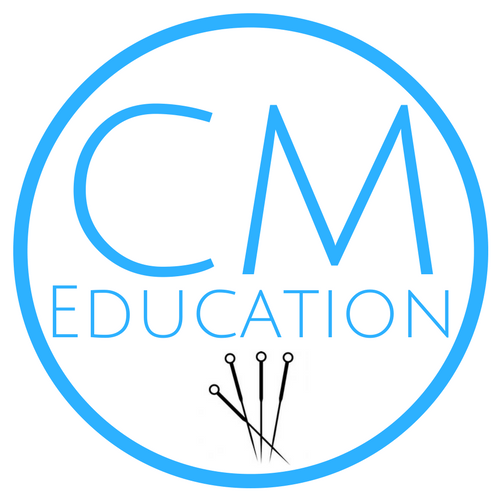
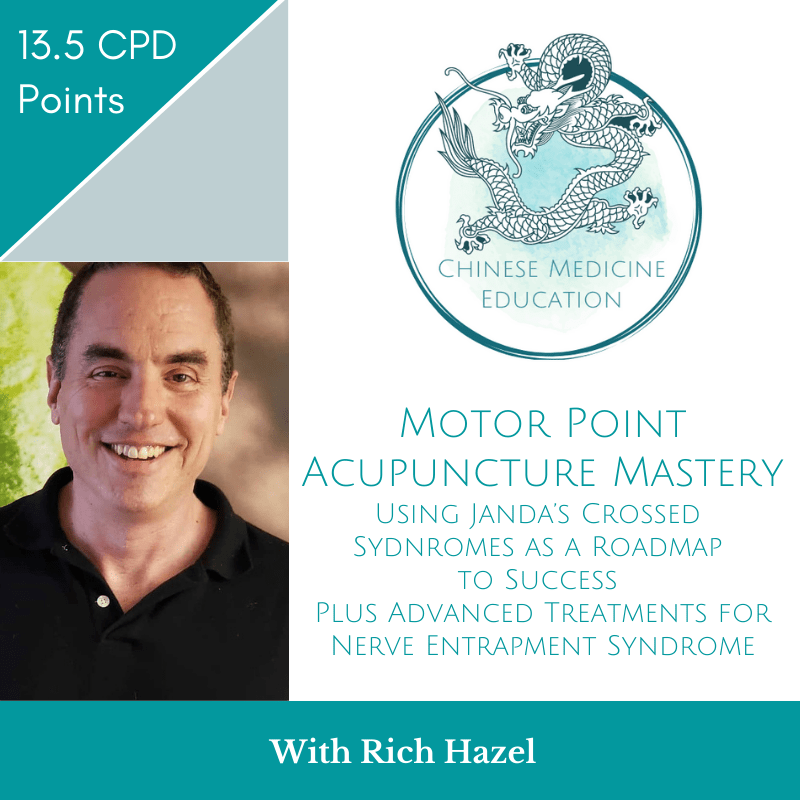
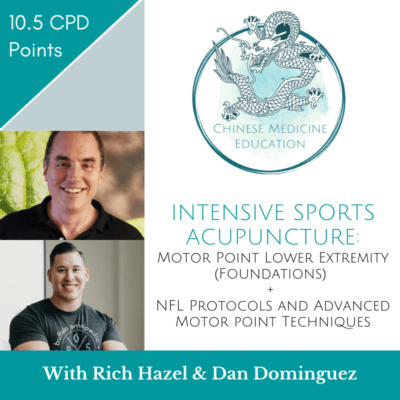
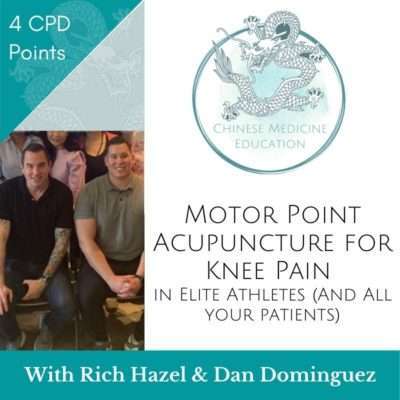
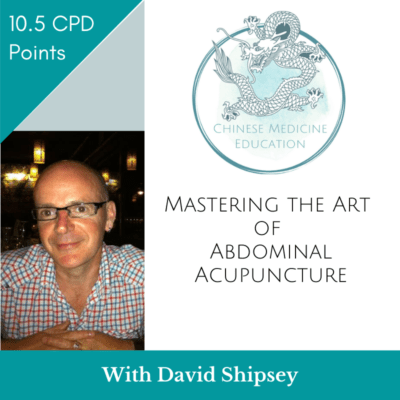
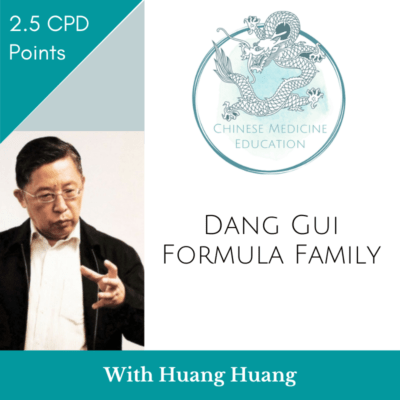
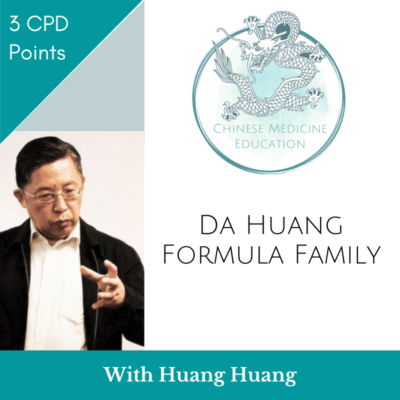
Reviews
There are no reviews yet.